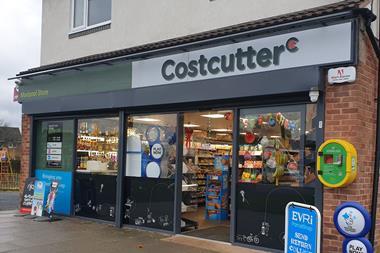Half of convenience retailers are investing less since the National Living Wage increase

The Association of Convenience Stores has highlighted the challenges retailers are facing in its submission to the Low Pay Commission
ALREADY HAVE A REGISTERED USER ACCOUNT? PLEASE LOG IN HERE
To read the full story join the ConvenienceStore.co.uk community today!
Registration is quick and easy and provides access to:
- Unlimited ConvenienceStore.co.uk articles
- Our great range of newsletters
- Content you’ve saved for later via the ‘my library’ feature
And much more…






























